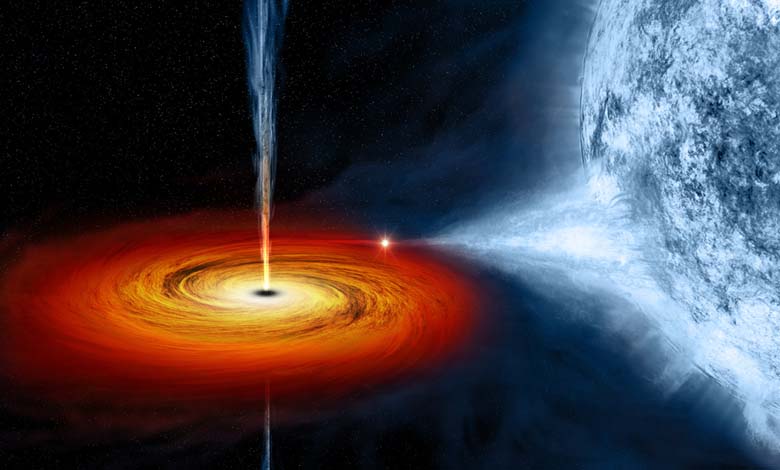Photos of “Cosmic Noon” Reveal New Secrets About Black Holes

The Gravity Instrument, developed in the Interferometer Scale of the Very Large Telescope, operated by the European Southern Observatory, was used to determine the mass of a black hole in a galaxy formed just two billion years after the Big Bang.
This black hole, with a mass of 300 million solar masses, is less massive compared to its host galaxy.
This discovery challenges the observed relationships between galaxy properties and the mass of supermassive black holes in the local universe.
The study, published in the journal “Nature” and conducted by a team of astronomers from the Max Planck Institute for Extraterrestrial Physics, suggests a delay in the growth of the massive black hole compared to its host galaxy, possibly due to the strong feedback from supermassive black hole accretion.
The developed Gravity Instrument allows for a precise study of black hole growth during the “Cosmic Noon” period, providing images of early universe black holes 40 times clearer than those possible with the James Webb Telescope.
The term “Cosmic Noon” refers to a specific period in the universe’s history, roughly halfway through its current age, about 10 to 12 billion years ago.
During Cosmic Noon, galaxies underwent significant transformations, with various astronomical processes reaching their peak activity.
One of the key features of Cosmic Noon is intense star formation activity occurring within galaxies. This period is characterized by a high rate of star formation, leading to the formation of numerous massive and luminous stars. These stars played a crucial role in shaping the structure and evolution of galaxies.
The team plans for further high-precision mass measurements to explore scenarios of the joint evolution of other galaxies and their central black holes in the early universe.












